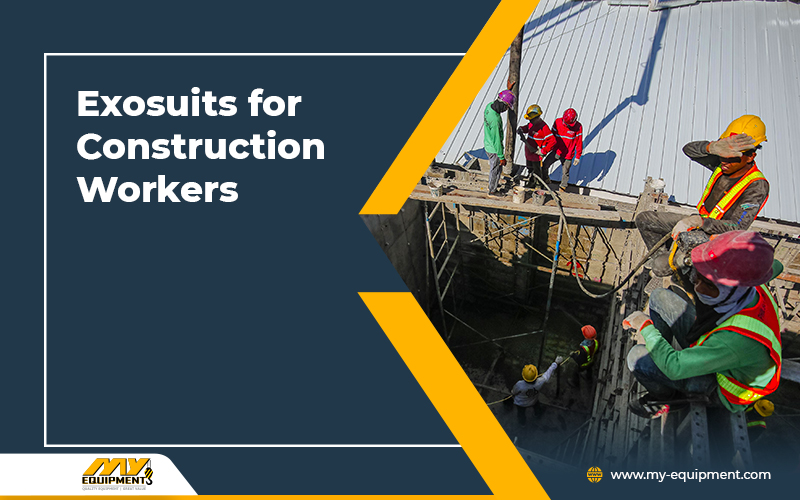Modern construction sites are adopting the latest technologies to make the construction process smoother. Among these new technologies are wearables like exosuits for construction workers. However, if you are thinking about adopting wearables on your worksite you need to think about more than just the physical assistance they provide. Sometimes instead of helping, wearables like exoskeletons can make it harder for the workers to do their job. If instead of promoting safety these exoskeletons keep workers from completing their tasks, their adoption won’t be easy.
In order to avoid these issues you need comfortable wearables that allow workers to move freely. Construction workers need full mobility to be able to complete their tasks without getting distracted. You should opt for lightweight, soft exosuits that can be worn comfortably all day long and fit any body type. These type of exosuits will benefit workers that need to bend and lift a lot as they need more protection. These workers have to deal with wear and tear from the frequent bending and lifting that they have to do for their job. Their spines suffer due to constantly being in awkward positions throughout their shift.
Comfortable Exosuits and Smart Sensors
There are a lot of new wearables in the market to protect construction workers without negatively impacting production. A lot of construction companies have incorporated wearables like rigid exoskeletons or soft shell exosuits in their construction process. These wearables help in reducing the risk of chronic pain in construction workers by lowering the level of forces that impact them. The exoskeleton and exosuits being used by these companies are the ones that have already been proven to reduce back strain and risk of injury. But you also need to make sure that the wearables are comfortable and allow workers to move freely.
There are exosuits available in the market that are designed specifically to assist workers without restricting their movement. Companies like Toyota and Walmart are also testing out the sensor side of these wearables. The sensors help by alerting workers when they are engaging in risky movements. Employers can also get insights about which jobs and tasks pose the highest risk of injury to their workers from the data that these devices collect. Once you have information like that you will be able to improve worker safety by improving your workplace design.
Although these exosuits allow their users to move freely there are still some people who are going to be hesitant in adopting them. Especially because of the sensors because workers may not feel comfortable with the data collection that invades their privacy and they may have issues with workplace surveillance. But sensor providers and companies are working on privacy features to tackle these challenges and provide proper training and awareness to workers.
Conclusion
It is important that workers are comfortable using wearables while working to improve their quality of life. You should be just as careful when buying wearables as you are when looking at construction equipment for sale. Making safety a priority is important for construction work and if wearables are uncomfortable for the workers they will make their job harder. So, be wise when choosing exoskeletons and exosuits for your workers.


 1400 Broadfield Blvd, Houston, TX 77084,
USA.
1400 Broadfield Blvd, Houston, TX 77084,
USA.